Netflix Stock Continues To Tank, And Here’s Why
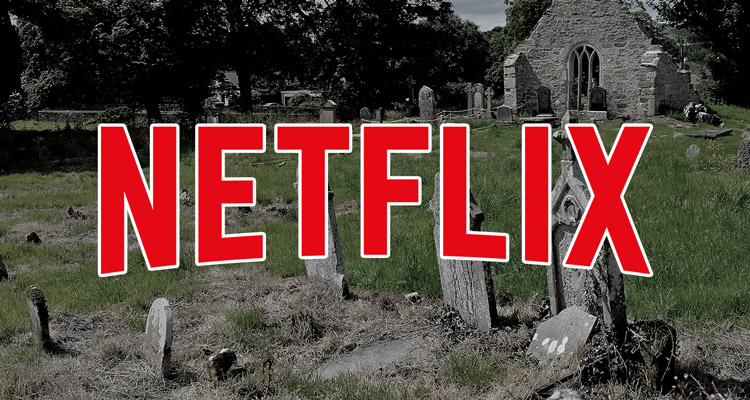
Streaming giant Netflix is staring down the barrel of a massive stock drop-off that began a few days ago, and seems to be accelerating. As would-be investors decide whether to grab stock while the price is low, the question remains as to whether it’ll be able to bounce back into healthier territory, or remain a wet noodle on the market.
Meanwhile, those on the more Conservative side of the pop culture aisle have been watching over the past year as Netflix walked the proverbial plank. Yet, their questionable creative and marketing decisions aren’t the sole reason for Netflix’s spectacular crash, and things are a little more complex than many realize.

Source: Don’t Look Up (2021), Netflix
While it’s all-too-easy to point the finger at Netflix’s decision to prioritize Wokeness in many of its properties, the truth is that some of its major migraines aren’t necessarily self-inflicted. That being said, Netflix has managed to shoot itself in the face on more than one occasion, and those mistakes have compounded an already difficult competitive position in the market space.
Get Woke…You Know The Rest
The truth is that Netflix isn’t the only streaming company to go down the path of Woke self-annihilation, but we have seen similar results on other platforms – notably Disney+, which is currently facing its own set of unique challenges.
Wokeness runs directly proportional to how quickly audiences tune out from a particular movie or film. Properties that sprinkle Wokeness about in small doses tend to skirt under the radar (at least for a time), while bold, in-your-face Woke properties become so overly antagonistic that they drive viewers away in abject horror.

Sense8, Netflix
Netflix faces a bit of an identity crisis on this front. On the one hand, it openly promotes ultra-Woke properties, while simultaneously defending anti-Woke content, such as Dave Chappelle’s controversial The Closer. The problem with straddling the political fence is that it ends up alienating customers on both sides, to Netflix’s own detriment.
Another issue is how Netflix is leveraging their Woke content to the rest of the world. It’s delusional to think that most countries have embraced Wokeness the same way that Western nations have, which means it’s practically impossible to entice viewers in countries like India, where it hasn’t taken root.
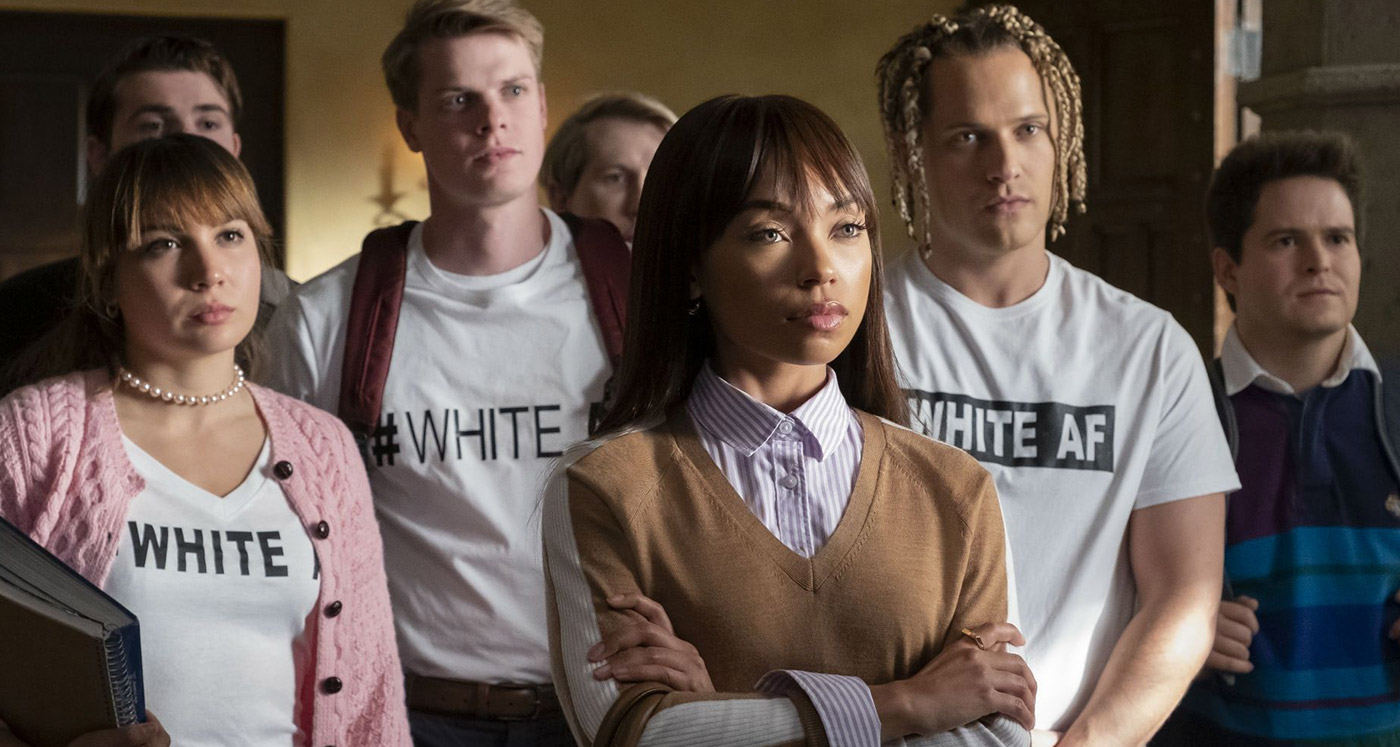
Dear White People, Netflix
Anti-Woke Conservative types fed up with Netflix’s self-aggrandizing political propaganda will find it remarkably easy to cancel their subscriptions. However, the same goes for the other side of the political aisle, as well.
Netflix’s problem is that it hasn’t yet figured out that its Woke audience accounts for a fraction of its own subscription base, while the rest are normies who aren’t the slightest bit interested in radical political messaging.
Geo-Locked Content
Netflix has stared down the problem of geo-locked content for years, and the situation hasn’t gotten any better. Depending on which part of planet Earth a subscriber hails from, Netflix is either a decent investment, or a lump of coal. Canadian viewers will attest to this first-hand, as their Netflix catalogue was, is, and always will be subpar compared to their southern neighbors.
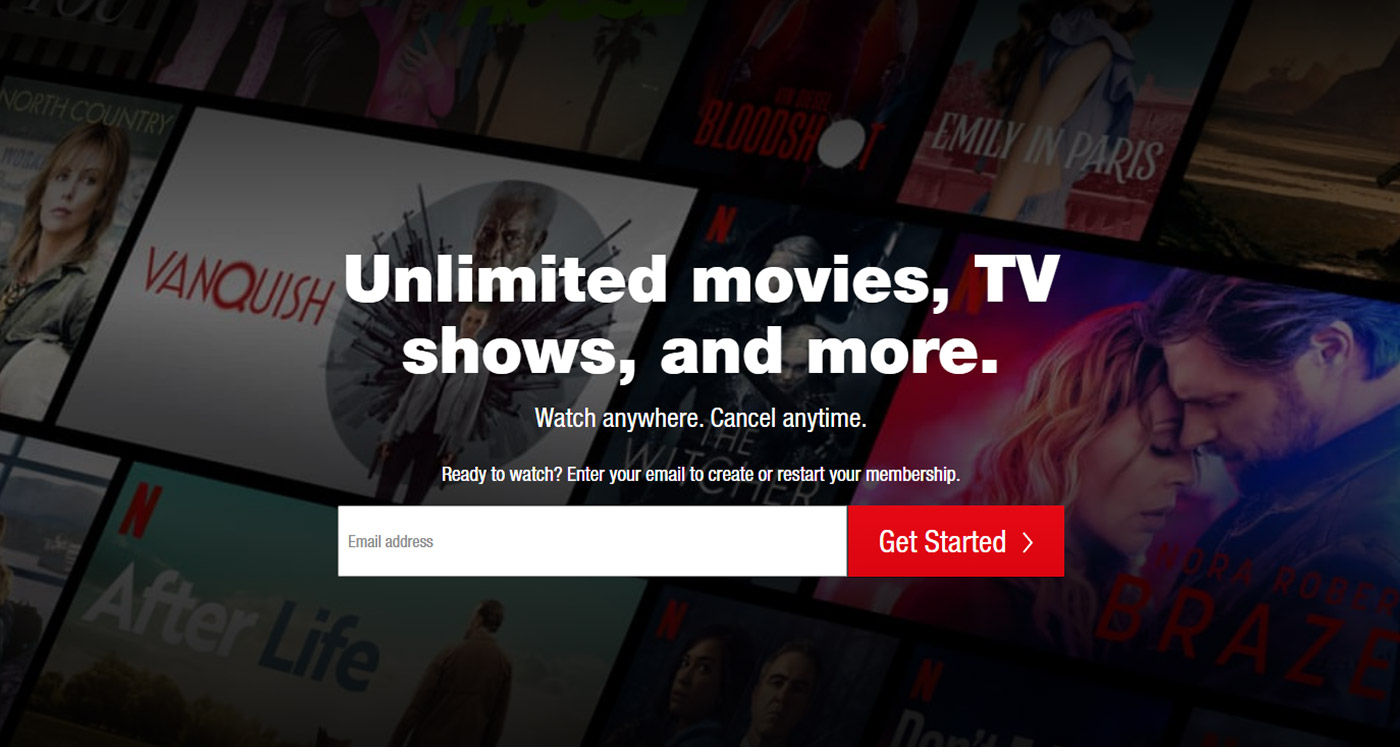
Netflix Website
Painting the subscription base with one brush is impossible, given the geolocation dynamics in play. In 2021, the United States of America averaged 67 million Netflix subscriptions, which is an astonishing number for a country with a population of 334 million people. In other countries, those numbers were far lower.
Canada averaged 7 million subscriptions, while the U.K. had 13 million, France had 8 million, Germany had 11 million, and Australia had 6 million. Even India, a massively populous country averaged an anemic 5 million. Brazil came in second with around 18 million subscriptions.
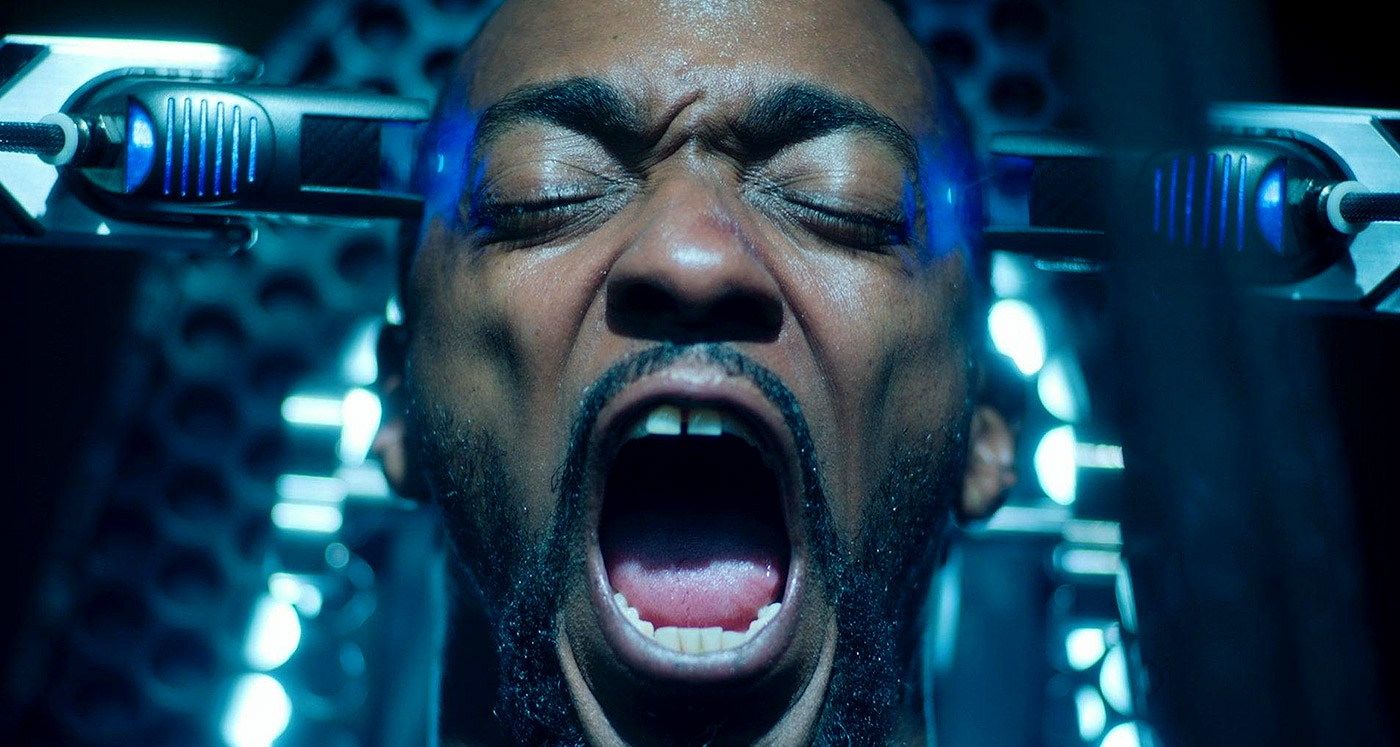
Altered Carbon, Netflix
While some of these numbers are proportional to respective population sizes, another part is undoubtedly related to geo-locked content, and that’s a problem. Sure, it’s difficult to gain licenses necessary to broadcast content in different countries, but if Netflix thinks that its original programming is enough to offset that challenge, it has another thing coming.
Price Hikes
Price hikes are nothing new for Netflix, and they’re bound to happen sooner or later, but they must coincide with a value proposition. Unfortunately, that’s not happening. Netflix has a remarkable propensity for torpedoing its own content at a record pace, and axing any show that doesn’t immediately set the world on fire.
Original content aside, Netflix continues to fail on the established property front. The blame can’t be placed squarely on the company, either. As adjacent big name players start getting into the lucrative streaming business, they’re simultaneously hedging all of their properties behind their own respective paywalls.

Luke Cage, Netflix
That means Netflix has to rely on lesser-quality content in combination with its own original IPs in order to remain competitive. It’s doable, but Netflix approaches the problem with all the grace of a bull in a china shop. For regular customers, the value of the platform continues to decay, right before their very eyes.
It also doesn’t help that Netflix has recently decided to hike its subscription rate again, in the face of a massive stock drop. This is bad business all around, and it’s a juvenile tactic on the company’s part. Just as a smart retailer would never hike the price of goods to try and offset weak sales, neither should Netflix be jacking up subscription rates while its stock is in freefall.
No Patience When Developing New IPs
Netflix’s unwillingness to cultivate solid, workable properties is a constant source of unyielding frustration for its subscriber base. Over the past decade, an innumerable amount of new IPs have been given the chop before they even had a chance to establish themselves, and rally a loyal fan following.
The Netflix marketing model makes this painfully obvious, where they tend to throw money at a property that immediately scores high with the viewers, while dooming others with unlimited potential into the bowels of its own catalogue.

The Dark Crystal: Age of Resistance, Netflix
Even shows that weren’t worth the paper their scripts were printed on are doomed to the fire if Netflix doesn’t see the numbers it wants…immediately.
Ironically, a lot of these properties include performances from high profile actors like Don Johnson, Kathy Bates, Regina King, Naomi Watts and Robin Wright, to name but a few. For a company to invest so much in these actors, only to eighty-six their shows in the blink of an eye is unfathomable.
Losing Lucrative Content
As mentioned before, Netflix isn’t the only streaming service on the block, and it’s facing increasing competition year over year as others get into the game. Even Amazon Prime has enough of a subscription base to deal a dent in the Netflix model, and their membership is tied directly to the sale of products on their own site.
Netflix doesn’t have this accompanying revenue stream to fall back on, so there’s no way to leverage it as a win/win for the consumer. That means it has to rely exclusively on content that can attract viewers, keep their interest, and generate enough of a buzz to get others to sign up.

Daredevil, Netflix
RELATED: Kingpin Actor Vincent D’Onofrio Confirms Netflix’s Daredevil Series Was Cancelled Because Of Disney+
Unfortunately, this is becoming more and more difficult as the years drag on. The most obvious example of Netflix losing lucrative content occurred when Disney purchased Marvel Studios. Almost overnight, Netflix’s MCU tie-in shows like Daredevil, Jessica Jones and Luke Cage were mothballed, and they’re only now starting to make a return.
Unfortunately, Netflix can’t capitalize on this new development, as it no longer owns the rights to those properties. The same holds true for classic movies and TV shows, which are in high demand right now. Disney+ might be facing its own challenges, but it also has a prolific back catalogue to stabilize its own subscriber base…at least for now.
It Just Doesn’t Care
In 2021, Netflix took the mask off and said the quiet part out loud during the debacle that was Kevin Smith’s Masters of the Universe: Revelation series. In response to Biblical levels of fan blowback, Smith let the cat out of the bag when he claimed that Netflix higher-ups simply didn’t care whether people watched the show or not.
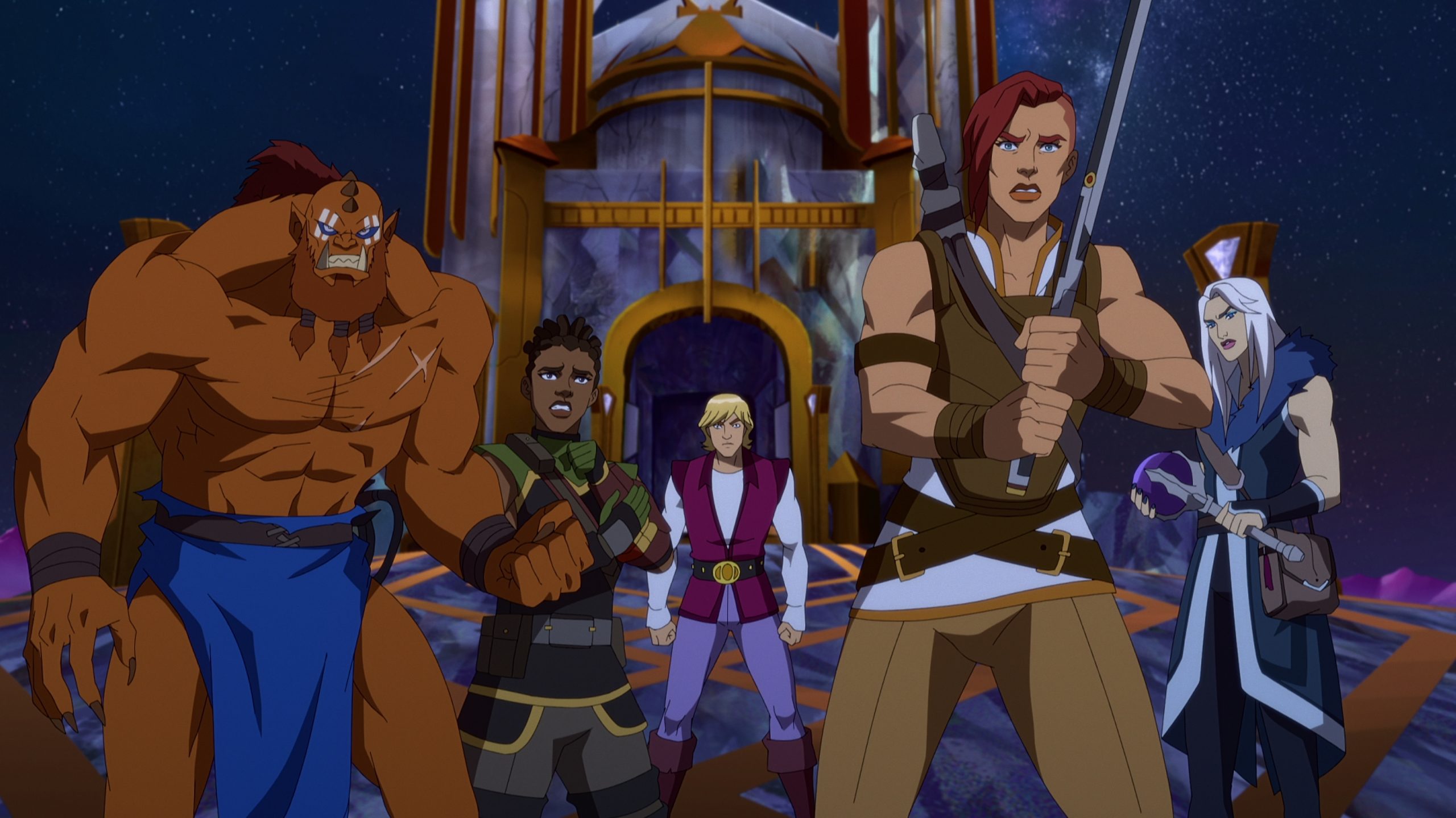
MASTERS OF THE UNIVERSE: REVELATION (L to R) KEVIN MICHAEL RICHARDSON as BEAST MAN, TIFFANY SMITH as ANDRA, CHRIS WOOD as PRINCE ADAM, SARAH MICHELLE GELLAR as TEELA and LENA HEADEY as EVIL-LYN in episode 105 of MASTERS OF THE UNIVERSE: REVELATION Cr. COURTESY OF NETFLIX © 2021
This is, in a word, nuts.
It’s also part of the reason why Netflix is facing a collapsing subscriber base, and tumbling stock prices. The sheer hubris it takes to hold such a lukewarm position in business is astonishing, yet this is where Netflix has decided to stand.
Of course, they should care, especially when their entire revenue stream revolves around creating content that people want to watch. Netflix pays a pretty penny to develop these IPs, yet seems completely nonchalant when it comes to their performance.

Voltron: Legendary Defender, Netflix
The truth is that Netflix cannot wave off the failure of one or two of its properties, and expect the few-thousand remaining ones to pick up the slack. Customers hate being fooled, and if they sense that a company is giving them the run-around, they’ll simply take their business elsewhere, and that will be that.
Relying Too Much On Established Properties
Netflix reportedly spent about $600 million on the rights to stream Seinfeld, which is no small number. It’s also part of a bigger problem – the company’s overreliance on big name hits. By this time, most people have watched every episode of Seinfeld available on their local TV station, via reruns.
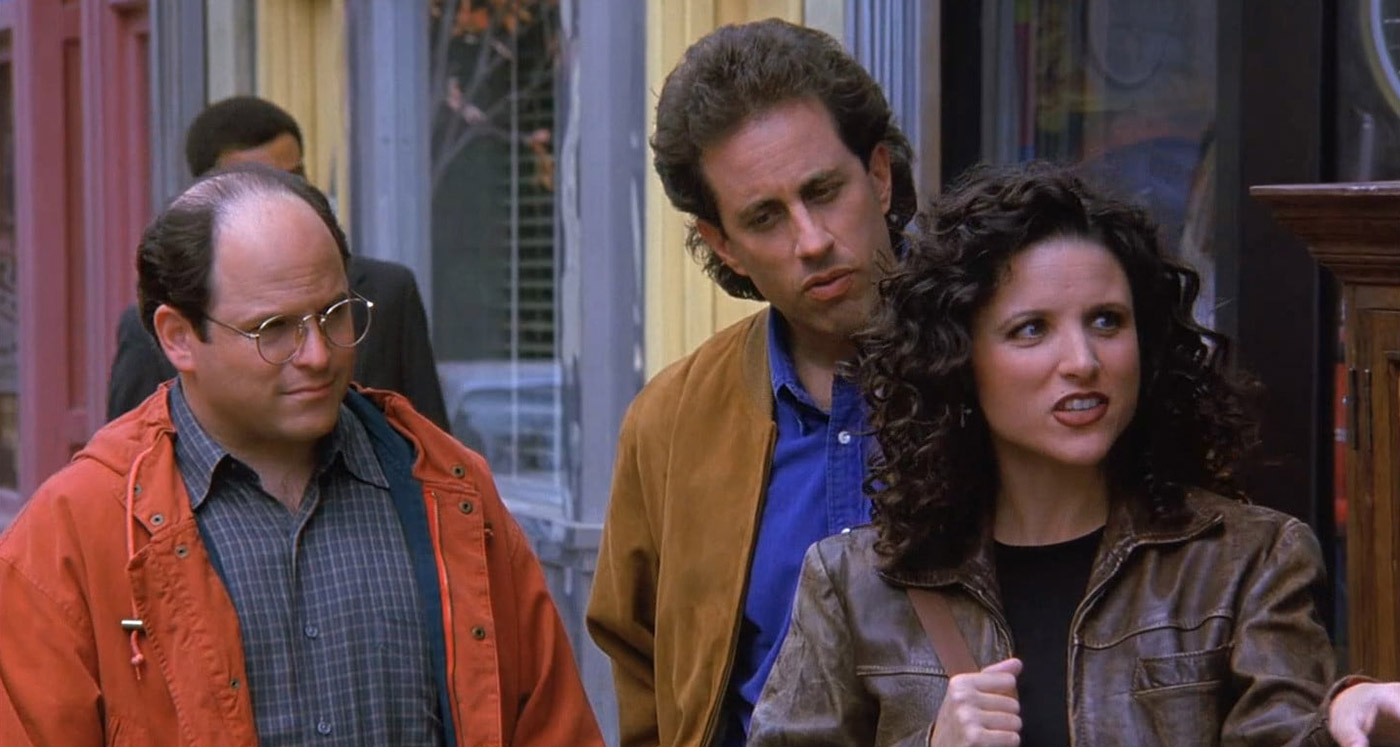
Source: Seinfeld, Blu-Ray
So, the question is whether Netflix thinks that it can prop up its subscriber base with instantly recognizable properties, and simply ride out the storm. Granted, it surely doesn’t hurt to have a few of these properties loaded into the catalogue, but they’ll never be a reliable long-term growth model.
The company is also facing an unusual challenge when it comes to its own content. Shows like Squid Game may have become a viral phenomenon, but it was beaten by Lucifer in terms of overall viewership. When one takes into account how much money Netflix spent to license the property, that’s somewhat embarrassing.

Source: Cobra Kai, Netflix
Netflix does have a number of killer properties still at its beck and call, including Cobra Kai, The Witcher and The Crown, but these shows alone cannot act as tentpoles to prop up the entire platform. As more and more companies start reclaiming their properties, Netflix will have to step out of its comfort zone.
RELATED: Cobra Kai: Season 4 Becomes Most Watched Show On Netflix Unseating The Witcher: Season 2
An Awful Interface
Surely after so many years in operation, Netflix should develop a more intuitive user interface, especially when it comes to finding content. As it stands, not a lot of progress has been made on that front, which means customers inevitably end up deluged by a sea of titles, without an optimal way of sifting through them.

Source: Squid Game (2021), Netflix
This is a common problem with many platforms that have so much to offer. Eventually, it becomes so overwhelming that viewers fail to pull the trigger on any one item. It’s all-too-easy to rely on word-of-mouth advice from a friend, family member or co-worker, and simply binge a select few titles at a time.
However, when that content has been digested, it’s back to darting all over the menu in an effort to find something new. Netflix could seriously do with a major overhaul of its interface, specifically when it comes to search options. As it stands, there’s simply too little criteria on hand to stave off indecision.
Turning It Around
Any company can change course, but it’s always going to be a matter of commitment. One gets the impression that Netflix has become far too inflexible, and any attempt to change so late in the game will be driven largely by investor panic, further exacerbating the problem. Unfortunately, this is a crisis of its own making, and only Netflix can bear responsibility for where it now sits.

Sports Complex, YouTube
The company is going to have to make some major decisions if it wants to survive, while courting content that others might have ignored. For example, if Netflix ever got into live sports broadcasting, its combined subscription model would look absolutely tantalizing for millions of viewers eager to get the best of both worlds.
Hulu gave this model a shot, but it doesn’t have anywhere near the influence and pull that Netflix has. Now’s the time to strike while the iron is hot, instead of blowing obscene amounts of money into properties that will either face fan rejection, or the heavy hand of Netflix’s decision makers.

NCIS, CBS
Of course, it’s possible that Netflix’s downward spiral is irreversible, in which case it may become the JC Penney of the streaming market. As it stands, the company is currently spending way too much money, while acting reckless with its properties, and ignoring the largest part of its own customer base.
One thing’s for certain – no company is too big to fail, no matter how killer their business model might look on paper.
NEXT: Netflix’s Daredevil Series Jumps Into Nielsen’s Top 10 Streaming Shows
More About:Anime Movies Television
